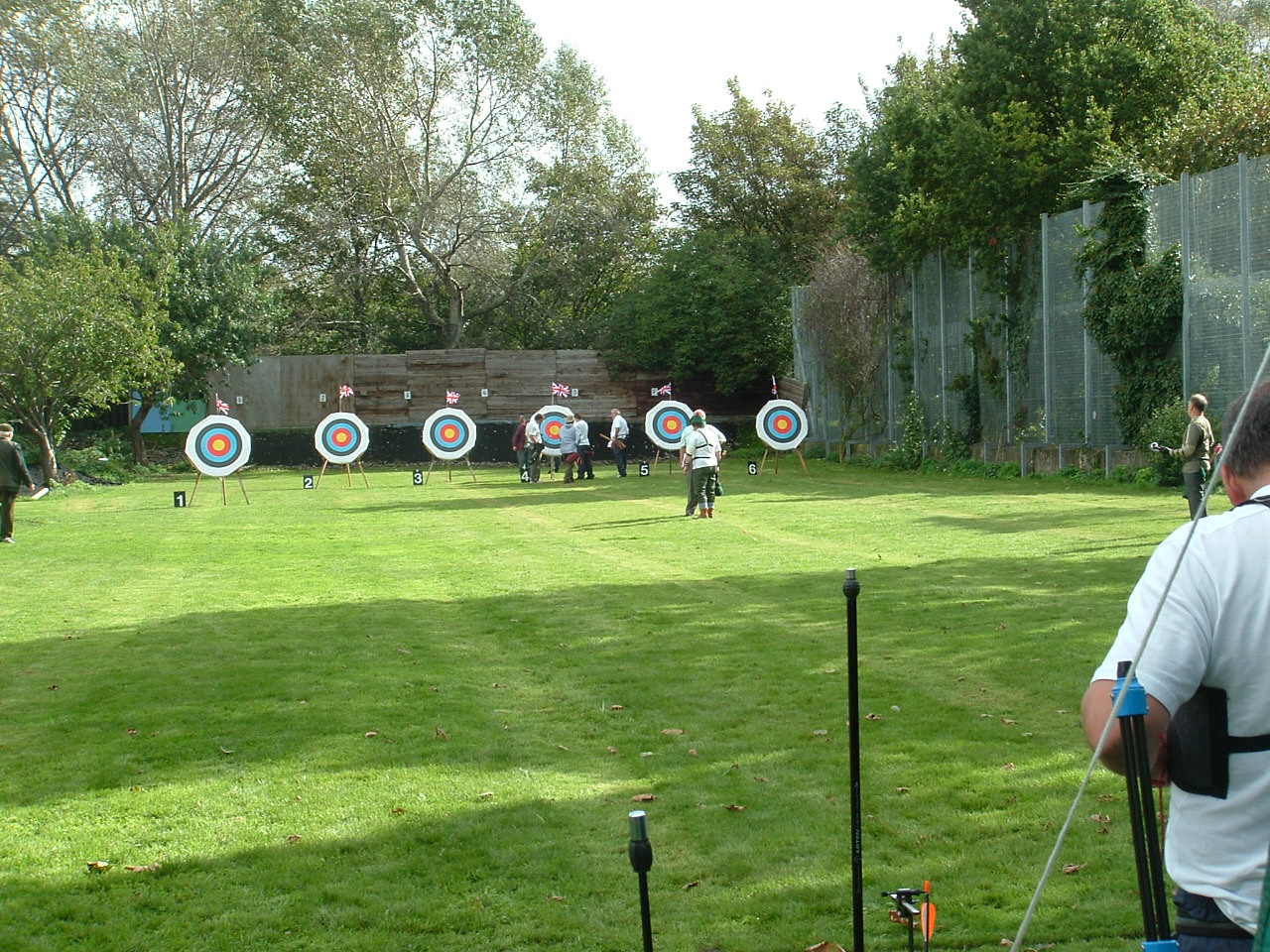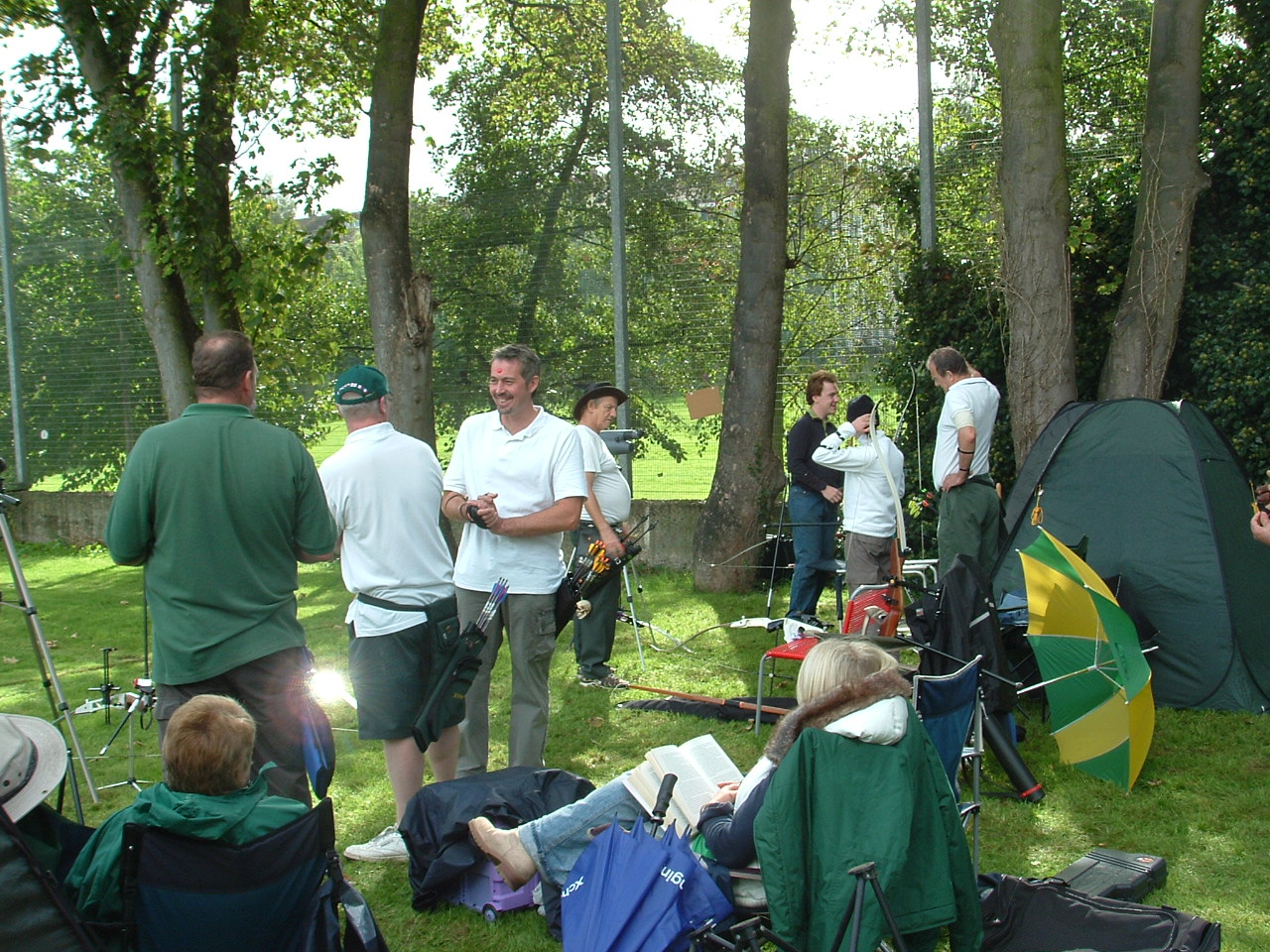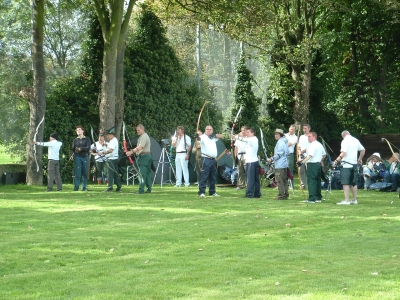RECURVES
A recurve (or Olympic) bow has tips that curve away from the archer when the bow is strung. By definition, the difference between recurve and other bows is that the string touches a section of the limb when the bow is strung. A recurve bow stores more energy than an equivalent straight-limbed bow, because more energy is stored and delivered more efficiently, giving a greater amount of energy and hence speed, to the arrow. A recurve will permit a shorter bow than the simple straight limb bow for a given arrow energy and this form was often preferred by archers in environments where long weapons could be cumbersome.
It will employ advanced technologies and materials. The limbs are usually made from multiple layers of fiberglass, carbon and/or wood on a core of carbon foam or wood. The riser (the centre section of the bow) is generally separate and is constructed from wood, carbon, aluminium alloy or magnesium alloy. The term ‘riser’ is used because, in a one-piece bow, the centre section rises from the limbs in a taper to spread the stress. Several manufacturers produce risers made of carbon fibre (with metal fittings) or aluminium with carbon fibre. Risers for beginners are usually made of wood or plastic. The synthetic materials allow economic, predictable manufacture for consistent performance. The greater mass of a modern bow is in itself an aid to stability, and therefore to accuracy.
The modern recurve is the only form of bow permitted in the Olympics (though the Compound bow is permitted in some categories at the Paralympic Games) and is the most widely used by European and Asian sporting archers.
COMPOUNDS
Compound bows are also used for target archery. The bow uses a levering system, usually of cables and pulleys, to bend the limbs. The limbs of a compound bow are much stiffer than those of a recurve bow or longbow. This limb stiffness makes the compound bow more energy-efficient than other bows, in conjunction with the pulley/cams. As the bow is drawn, the draw weight increases to a peak and then “lets off” a certain percentage of the peak draw weight before a stop (known as “the wall”) prevents the bow from being drawn further. The let-off is commonly between 65% and 80% of the peak weight for recently designed compound bows, although some older compound bows only provided a let off of 50% and some of the most recent designs achieve let offs in excess of 90%.
The compound bow is little-affected by changes in temperature and humidity and it gives superior accuracy, velocity, and distance in comparison to other bows. The compound bow was first developed in 1966 by Holless Wilbur Allen in Missouri, and a US patent was granted in 1969.
This an ideal choice for anyone who doesn’t have the strength (perhaps due to injury) to shoot recurve. Compound bows tend to be much more accurate than recurve – hence why compound and recurve archers don’t compete against each other except on handicap! Compound bows usually shoot with light carbon fibre arrows. Compound bow strings and cables are normally made of high-modulus polyethylene and are designed to have great tensile strength and minimal stretchability
LONGBOWS
A longbow is a type of bow that is tall (roughly equal to the height of the person who uses it); this will allow its user a fairly long draw. A longbow is not significantly recurved. Its limbs are relatively narrow so that they are circular or D-shaped in cross section. Flatbows have limbs that are approximately rectangular.
The longbow is based on the late medieval English longbow in use during the 12th to 16th centuries. The historical longbow was a self bow, often made from yew.
Wooden laminated longbows can be made by gluing together two or more different pieces of wood. Usually this is done to take advantage of the inherent properties of different woods: some woods can better withstand compression while others are better at withstanding tension. Examples include hickory and lemonwood or bamboo and yew longbows: hickory or bamboo is used on the back of the bow (the part facing away from the archer when shooting) and so is in tension, while the belly (the part facing the archer when shooting) is made of lemonwood or yew and undergoes compression. Any wooden bow must have gentle treatment and be protected from excessive damp or dryness. Wooden bows may shoot as well as fiberglass, but they are more easily dented or broken by abuse. Wooden bows should be unstrung immediately after use to avoid large amounts of set.
A modern longbow’s draw is typically 60 lbf or less and by modern convention measured at 28 inches (71.1 cm) Bow strings were (and still are) made of hemp, flax or silk and attached to the wood via horn “nocks” that fit onto the end of the bow. Modern synthetic materials (often Dacron), are now commonly used for strings. While the bow has a hand grip, it has neither sight nor arrow rest. Arrows are made of wood, with metal points – please note, traditional arrow heads (called broadheads) are illegal in archery in the 21st century!
BAREBOWS
The simplest description of this type of bow is a Recurve bow but without a sight, clicker or long rods. Weights can be added but must be directly fixed to the handle. More commonly seen at field shoots, Barebow is becoming more popular for target shooting with Classifications and Handicap tables being produced by GNAS. Arrows are the same as used with Recurve bows, e.g. either aluminium or carbon fibre.
CROSSBOWS
Very few Crossbows available in the UK are in accordance with the GNAS specification for this bow type and as such cannot be used at GNAS clubs.
BOWSTRINGS
Dacron B50 – (strength per strand = 22.5 kg. , stretch = 2.6%), a polyester material. Because of its durability and stretch, Dacron is commonly used on beginners’ equipment, wooden bows, and older bows. The relatively high stretch causes less shock to the bow, which is an important consideration for wooden-handled recurves. Dacron strings are easy to maintain and can last several years.
Kevlar 7-11 – (strength per strand = 31.8 kg. , stretch = 0.8%), also known as Aramid, is a liquid crystal polymer material with a higher density and smaller diameter than Dacron, which results in a faster arrow speed (approximately 2 metres per second faster). There are two problems with this material.First, its limited stretch causes increased stress in the bow limbs. Secondly, a Kevlar bowstring may only last 1000 shots before breaking as it tends to fatigue due to bending at the nocking point. Failure tends to be sudden rather than gradual.
Fastflight – (strength per strand = 45.5 kg. , stretch = 1.0%), introduced in the 1990s, is a high modulus polyethylene material, also known as Spectra, which results in a “plastic” look and feel. It is very slippery, so the servings have to be wrapped very tightly to prevent sliding. Special serving material has been developed to help overcome this problem. Fastflight has largely displaced liquid crystal polymers like Kevlar for bowstrings as it is more durable and fails more gradually.
Fastflight S4 – (strength per strand = 73 kg. , stretch = less than 1.0%) is made from a composite of 50% Fastflight and 50% Vectran making the strands thicker. Therefore approximately half the number of strands are required as for a Fastflight string. Vectran is a liquid crystal polymer similar to Kevlar. Mixing it with Fastflight avoids many of the durability problems associated with liquid crystal polymers.
Dynaflight97 – This is an exceptional string material and is possibly the finest material available at any price. It is made of HMPE (High Modulas Polyethelene), better known as “Dyneema” or “Spectra”. The Dyneema yarn used for Dynaflight97 is SK75, manufactured by DSM. It is a very high strength Dyneema with very low stretch and creep and is the fastest string material available. It has very similar characteristics to Fastflight, though with a little more stretch. For this reason, many recurve shooters prefer Dyneema and find it more “forgiving” than Fastflight. Some strings have measured a speed increase of up to ten feet per second over Fastflite, which in turn is faster than B50. Dynaflight97 tests out to around 125 pounds per strand. This means that a relatively small and light 12 strand string would net out to around 1500 pounds of tensile strength; more than enough to handle any recurve or longbow. Although used on almost all top brand bows, as cables and strings, creep is always a concern with this class of fiber, even in the new ones like HPPE 2000, which offers 20% less creep than normal HPPE.






